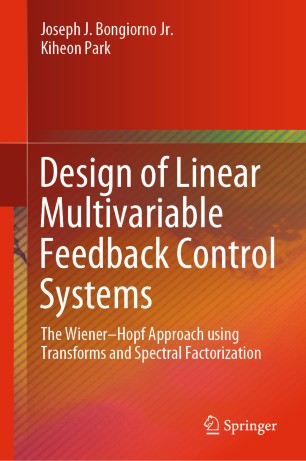

Most ebook files are in PDF format, so you can easily read them using various software such as Foxit Reader or directly on the Google Chrome browser.
Some ebook files are released by publishers in other formats such as .awz, .mobi, .epub, .fb2, etc. You may need to install specific software to read these formats on mobile/PC, such as Calibre.
Please read the tutorial at this link: https://ebookbell.com/faq
We offer FREE conversion to the popular formats you request; however, this may take some time. Therefore, right after payment, please email us, and we will try to provide the service as quickly as possible.
For some exceptional file formats or broken links (if any), please refrain from opening any disputes. Instead, email us first, and we will try to assist within a maximum of 6 hours.
EbookBell Team

0.0
0 reviewsThis book contains a derivation of the subset of stabilizing controllers for analog and digital linear time-invariant multivariable feedback control systems that insure stable system errors and stable controller outputs for persistent deterministic reference inputs that are trackable and for persistent deterministic disturbance inputs that are rejectable. For this subset of stabilizing controllers, the Wiener-Hopf methodology is then employed to obtain the optimal controller for which a quadratic performance measure is minimized. This is done for the completely general standard configuration and methods that enable the trading off of optimality for an improved stability margin and/or reduced sensitivity to plant model uncertainty are described. New and novel results on the optimal design of decoupled (non-interacting) systems are also presented.
The results are applied in two examples: the one- and three-degree-of-freedom configurations. These demonstrate that the standard configuration is one encompassing all possible feedback configurations. Each chapter is completed by a group of worked examples, which reveal additional insights and extensions of the theory presented in the chapter. Three of the examples illustrate the application of the theory to two physical cases: the depth and pitch control of a submarine and the control of a Rosenbrock process. In the latter case, designs with and without decoupling are compared.
This book provides researchers and graduate students working in feedback control with a valuable reference for Wiener–Hopf theory of multivariable design. Basic knowledge of linear systems and matrix theory is required.